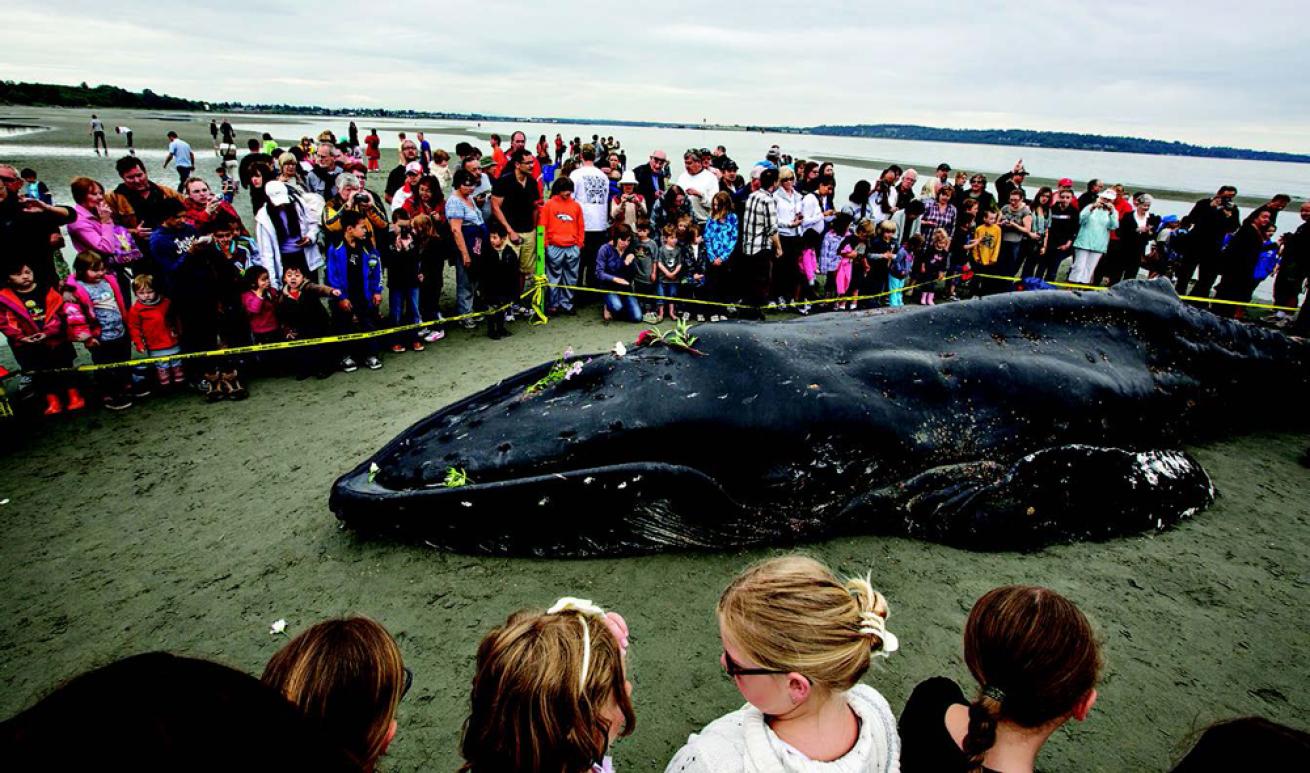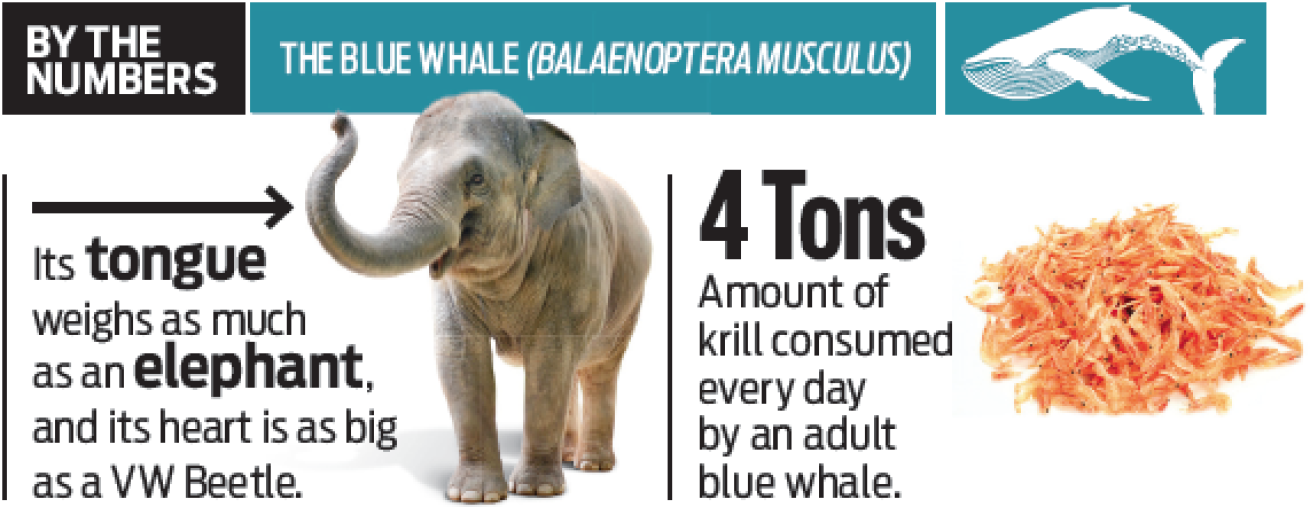9 Blue Whales Found Dead in Newfoundland
While it’s unclear why nine blue whales were unable to escape from beneath ice in Newfoundland, the impact on their population is easy to measure.
Dr. Jack Lawson, a researcher for Canada’s Department of Fisheries and Oceans, told the Calgary Herald that he suspects the whales were trapped while feeding in an area shaped like an upside-down cup.
“They got up there and were feeding, and the winds changed to be westerly, pushed that heavy ice back in, and it was just like closing the lid on the cup,” Lawson says. “Then they had nowhere to go.”
According to Mark Engstrom, deputy director for collections and research at the Royal Ontario Museum, there are only four to five blue whale populations roaming the planet. Which, according to the World Wildlife Fund, adds up to only about 10,000 to 25,000 individuals.
The North Atlantic is home to about 200 to 250 whales. The nine discovered under the ice are about 5 percent of the population. Engstrom has seen three of the trapped blue whales, all female.
“They’re the ones that breed; it’s not good for the population,” Engstrom says.
“We rarely see calves for this particular population, so they don’t seem to be breeding very quickly,” says Lawson. “To have that many adults taken out of the population is a serious blow.”
The Royal Ontario Museum has signed on to flense the whales and prepare them for transportation to Toronto. As of publication, the whales were going to be used for research and analysis. Engstrom is unsure if they will ever be put on display, but he hopes they will.
Researchers from around the world will have access to tissue samples for testing almost immediately. To eliminate the stench and help speed decomposition, the skeletons will be buried underground.
“The whole thing can take more than three years,” Engstrom says.

Andy Clark / ReutersA blue whale washed ashore in Newfoundland.

ShutterstockFacts about blue whales.
While it’s unclear why nine blue whales were unable to escape from beneath ice in Newfoundland, the impact on their population is easy to measure.
Dr. Jack Lawson, a researcher for Canada’s Department of Fisheries and Oceans, told the Calgary Herald that he suspects the whales were trapped while feeding in an area shaped like an upside-down cup.
“They got up there and were feeding, and the winds changed to be westerly, pushed that heavy ice back in, and it was just like closing the lid on the cup,” Lawson says. “Then they had nowhere to go.”
According to Mark Engstrom, deputy director for collections and research at the Royal Ontario Museum, there are only four to five blue whale populations roaming the planet. Which, according to the World Wildlife Fund, adds up to only about 10,000 to 25,000 individuals.
The North Atlantic is home to about 200 to 250 whales. The nine discovered under the ice are about 5 percent of the population. Engstrom has seen three of the trapped blue whales, all female.
“They’re the ones that breed; it’s not good for the population,” Engstrom says.
“We rarely see calves for this particular population, so they don’t seem to be breeding very quickly,” says Lawson. “To have that many adults taken out of the population is a serious blow.”
The Royal Ontario Museum has signed on to flense the whales and prepare them for transportation to Toronto. As of publication, the whales were going to be used for research and analysis. Engstrom is unsure if they will ever be put on display, but he hopes they will.
Researchers from around the world will have access to tissue samples for testing almost immediately. To eliminate the stench and help speed decomposition, the skeletons will be buried underground.
“The whole thing can take more than three years,” Engstrom says.










